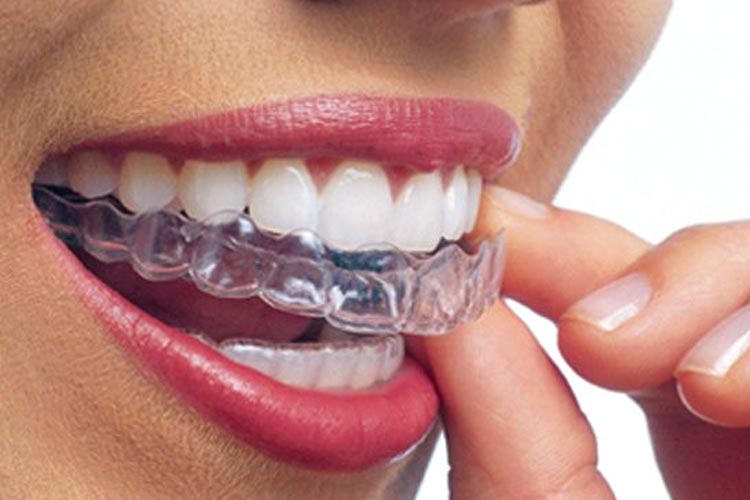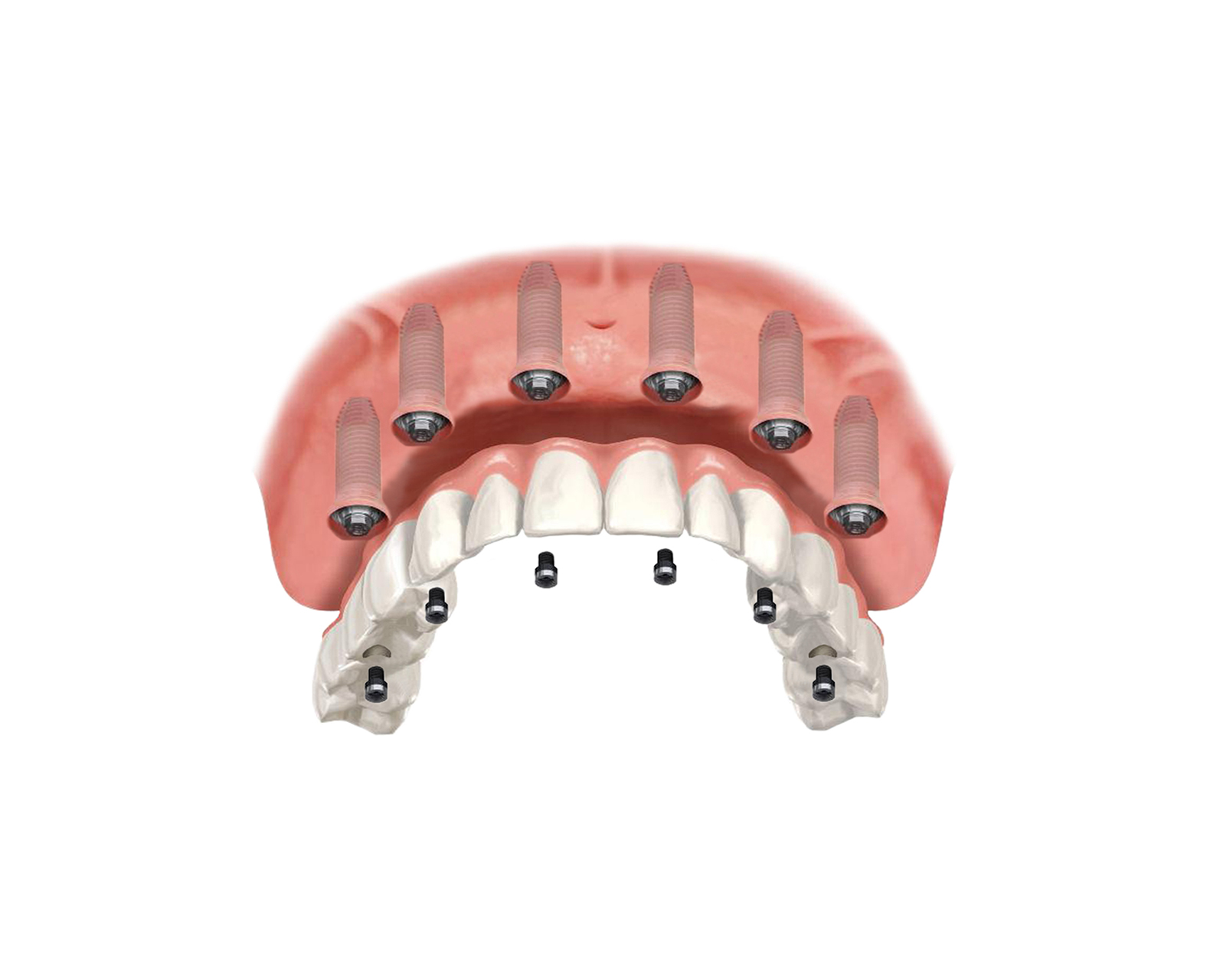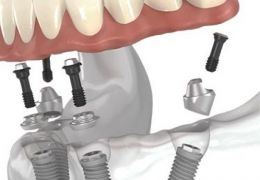All on Four
Thanks to the All On Four technique, only 4 implants are placed in each jaw, allowing patients who are completely edentulous to regain their new teeth. All on four dental treatment is a fast, reliable and natural appearance method for patients who want to have an implant but do not have the necessary bone structure.
It shows that All on Four procedure is a treatment method with a high success rate in long-term follow-ups. With the first examination, implant teeth suitable for the mouth structure of the person are designed. Since it is performed completely under local anesthesia, it does not pose any problem even for patients with fear of surgery. Patients who participate in regular checks after treatment use their teeth without any problems for years. Do not forget to ask your doctor for oral hygiene after treatment!

All On Four

- For those whose jawbone height and width are appropriate
- People who have lost their teeth for various reasons
- People with good general health
- Those who do not have a significant uncontrolled systemic disease
- Those who have not received radiotherapy or recent chemotherapy
- It can be applied to edentulous patients with sufficient bone structure.
Populer Services

Our philosophy is to offer treatment to all people by focusing on the relationship of your teeth and gums to your total body health. We want you to make sure that your smile reaches your goals for comfort, function and appearance. We are here to do this. We also understand that the choice of dentist is an important decision. After all, your smile says a lot about your greatest asset and overall health. You will be greeted in an environment where you can relax from the moment you enter the door.
- +90 (258) 262 30 52
- contact@tulayakkol.com.tr









